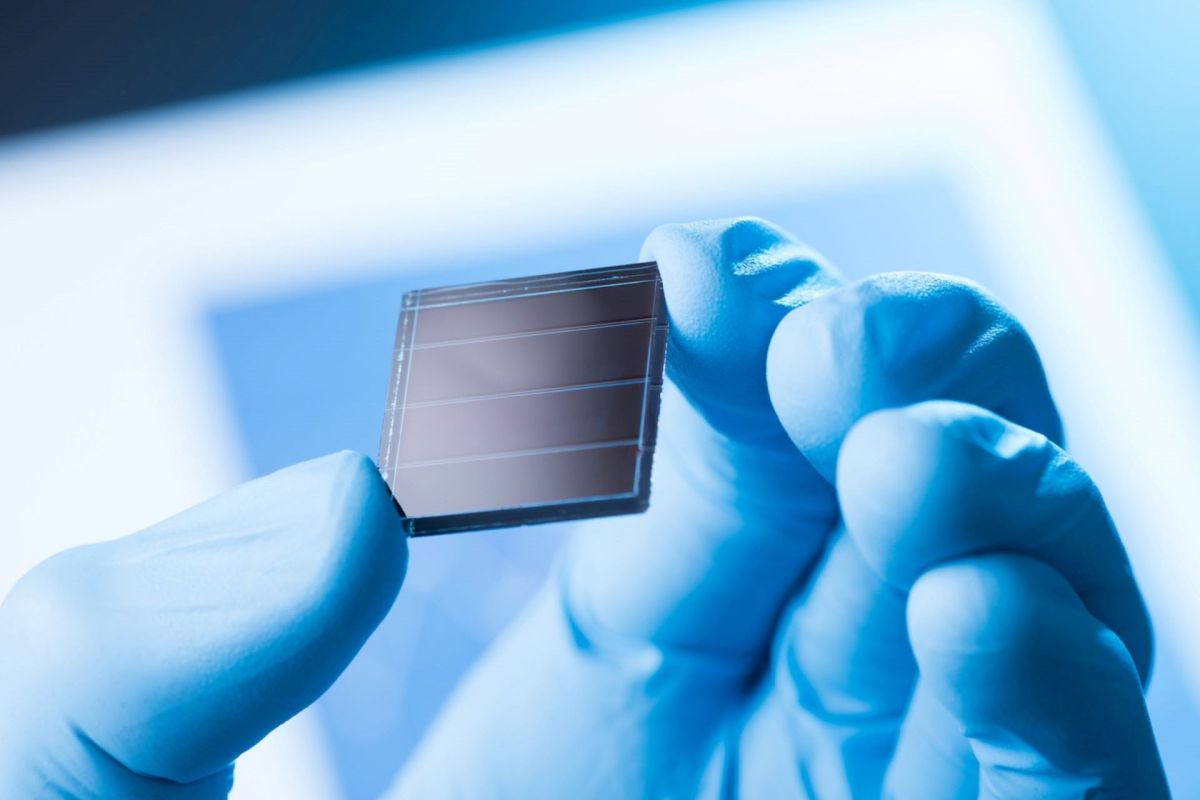An algae sandwich makes for a tasty solar cell breakthrough.
A team of researchers from India became the first to make solar cells from live freshwater algae, per PV Magazine. Pithophora usually grows on the surface or bottom of aquatic habitats, and it was sourced from a pond to create the group's solar power producer.
At just 1 square centimeter, the device includes two different types of electrodes that can help produce 0.35 volts under open circuit conditions and 0.5 under ultraviolet light.
A study about the technology — which stated it "performed well" in natural sunlight and that 10 connected devices generated 5.5V — will be published in the Journal of Science: Advanced Materials and Devices in June.
The biological tech could be used in low-power devices and replace the "expensive or toxic materials" used in traditional solar cells, PV Magazine reported. The barriers to widespread adoption include low efficiency and scalability.
"The presence of a liquid reservoir … needs to be overcome before it can be widely adopted as a viable energy source," study co-author Sudip Kumar Batabyal said.
"Though the current device delivered low power compared to [silicon] technology, this green PV technology will be the future sustainable solution for solar power generation."
PV Magazine noted other researchers have made solar cells with green algae and carbon nanofibers and that a bacteria-microalgae combination could help commercialize hydrogen production.
Other similar developments include paper-thin solar cells, extending the lifespan of a "miracle material" that could reduce the cost of solar panels by four times, and a world-record efficiency breakthrough from Singapore.
Solar power is a clean, renewable source of energy that can decrease our dependence on dirty energy sources such as coal and oil. These contribute to the abundance of gases in Earth's atmosphere that envelop the planet like a blanket, leading to rising temperatures that cause other weather problems such as more frequent and extreme floods and droughts.
Tax credits and energy bill savings help mitigate the cost of installing solar panels, and the devices can cancel out 8,500 pounds of pollution annually.
Join our free newsletter for weekly updates on the coolest innovations improving our lives and saving our planet.









